- When to Peaking Begonia Everflowering
- Spring
- Summer
- Fall
- Winter
- The Best Time for Peaking Begonia Everflowering
- Understanding the Growth Cycle
- Factors to Consider
- Timing the Peaking Period
- Conclusion
- How to Peaking Begonia Everflowering
- 1. Choose the Right Location
- 2. Temperature and Humidity
- 3. Watering and Fertilizing
- 4. Pruning
- 5. Pinching and Deadheading
- 6. Proper Care
- 7. Propagation
- 8. Enjoy Your Everflowering Begonia
- A Step-by-Step Guide on Peaking Begonia Everflowering
- 1. Evaluate Plant Health
- 2. Prune and Pinch
- 3. Increase Sunlight
- 4. Provide Proper Watering
- 5. Apply Fertilizer
- 6. Remove Spent Flowers
- 7. Monitor Temperature and Humidity
- 8. Protect from Pests
- 9. Maintain Air Circulation
- 10. Regularly Inspect and Adjust
- Benefits of Peaking Begonia Everflowering
- Why Peaking Begonia Everflowering is Beneficial
- 1. Promotes Repeated Blooming
- 2. Prevents Legginess
- 3. Enhances Plant Health
- 4. Improves Aesthetic Appeal
- Tips for Easy Peaking Begonia Everflowering
- 1. Provide adequate sunlight
- 2. Keep the temperature consistent
- 3. Water the plant properly
- 4. Fertilize regularly
- 5. Prune to promote new growth
- 6. Provide proper humidity
- 7. Watch out for pests
- 8. Repot when necessary
- 9. Provide rest periods
- Simple Ways to Achieve Successful Peaking Begonia Everflowering
- 1. Provide Adequate Light
- 2. Optimal Temperature and Humidity
- 3. Watering and Drainage
- 4. Fertilizing
- 5. Regular Pruning
- 6. Avoid Drafts and Cold Temperature
- 7. Pest Control
- 8. Time for Rest
- Common Mistakes to Avoid when Peaking Begonia Everflowering
- 1. Overwatering
- 2. Overfeeding
- 3. Insufficient Light
- 4. Improper Pruning
- 5. Neglecting Pest Control
- 6. Inadequate Temperature and Humidity Levels
- What Not to Do During Peaking Begonia Everflowering
- 1. Overwatering
- 2. Ignoring Light Requirements
- 3. Failing to Deadhead Spent Flowers
- 4. Neglecting Fertilization
- 5. Exposing Begonias to Extreme Temperatures
- 6. Overcrowding
- 7. Using the Wrong Potting Mix
- Questions and Answers:
- When is the best time to peak begonia everflowering?
- What is the purpose of peaking begonia everflowering?
- How do I peak begonia everflowering?
- Can I use fertilizers to peak begonia everflowering?
- Will peaking begonia everflowering cause any harm to the plant?
- What should I do if my begonia everflowering is not blooming?
- Videos: The easiest way to propagate beautiful long lasting flowers
When it comes to begonia everflowering, many gardeners wonder when and how to go about peaking this beautiful flowering plant. Peaking begonia everflowering is a simple technique that can help enhance the appearance and performance of your begonias. By understanding the optimal time and methods for peaking, you can ensure that your begonias thrive and produce vibrant blooms.
So, when is the best time to peak your begonia everflowering? Ideally, it should be done during the plant’s growing season, which is typically in spring and summer. Peaking during this time allows the begonias to receive maximum sunlight and nutrients, promoting healthy growth and abundant flowering. It’s important to observe your begonias closely and identify when they are in their prime condition, as this will help determine the best time to peak.
Now, let’s talk about how to go about peaking begonia everflowering. The process is relatively straightforward. Start by removing any dead or decaying leaves and flowers from the plant. This will help improve airflow and prevent disease. Next, carefully inspect the begonia for any signs of pests or diseases and take appropriate action if necessary.
Once the begonia is cleaned and healthy, it’s time to start peaking. Gently pinch off the growing tips of the plant, stimulating branching and encouraging the growth of new flower buds. Be sure to pinch off the tips just above a leaf node, as this will promote proper growth and prevent any damage to the begonia.
In conclusion, peaking begonia everflowering is a simple and effective way to enhance the beauty and performance of this stunning flowering plant. By timing the peaking process during the plant’s growing season and following the correct techniques, you can ensure that your begonias thrive and produce an abundance of vibrant blooms. So, take the time to peak your begonia everflowering and enjoy the stunning results in your garden!
When to Peaking Begonia Everflowering
Peaking begonia everflowering is an important part of caring for your plants and ensuring they continue to bloom beautifully. Knowing when to peak your begonia everflowering is key to its success.
Spring
In general, spring is the best time to start peaking begonia everflowering. This is when the plants begin to come out of their winter dormancy and start actively growing again.
During the spring, you should wait until your begonia plants have started to produce new growth and have fully recovered from any winter damage. This is usually when the weather starts to warm up and the risk of frost has passed.
Summer
While spring is the ideal time to peak begonia everflowering, you can also do it during the summer months if needed.
If you notice that your begonia plants are not producing as many flowers as they should, peaking them during the summer can help encourage more blooms. This is especially true if the plants have become stressed due to hot weather, insufficient watering, or poor soil conditions.
Fall
Peaking begonia everflowering in the fall can also be beneficial, especially if you want to prolong the blooming season.
By peaking your begonias in the fall, you can promote the production of new buds and extend the time that your plants will be in full bloom. This is especially helpful if you live in an area with a shorter growing season.
Winter
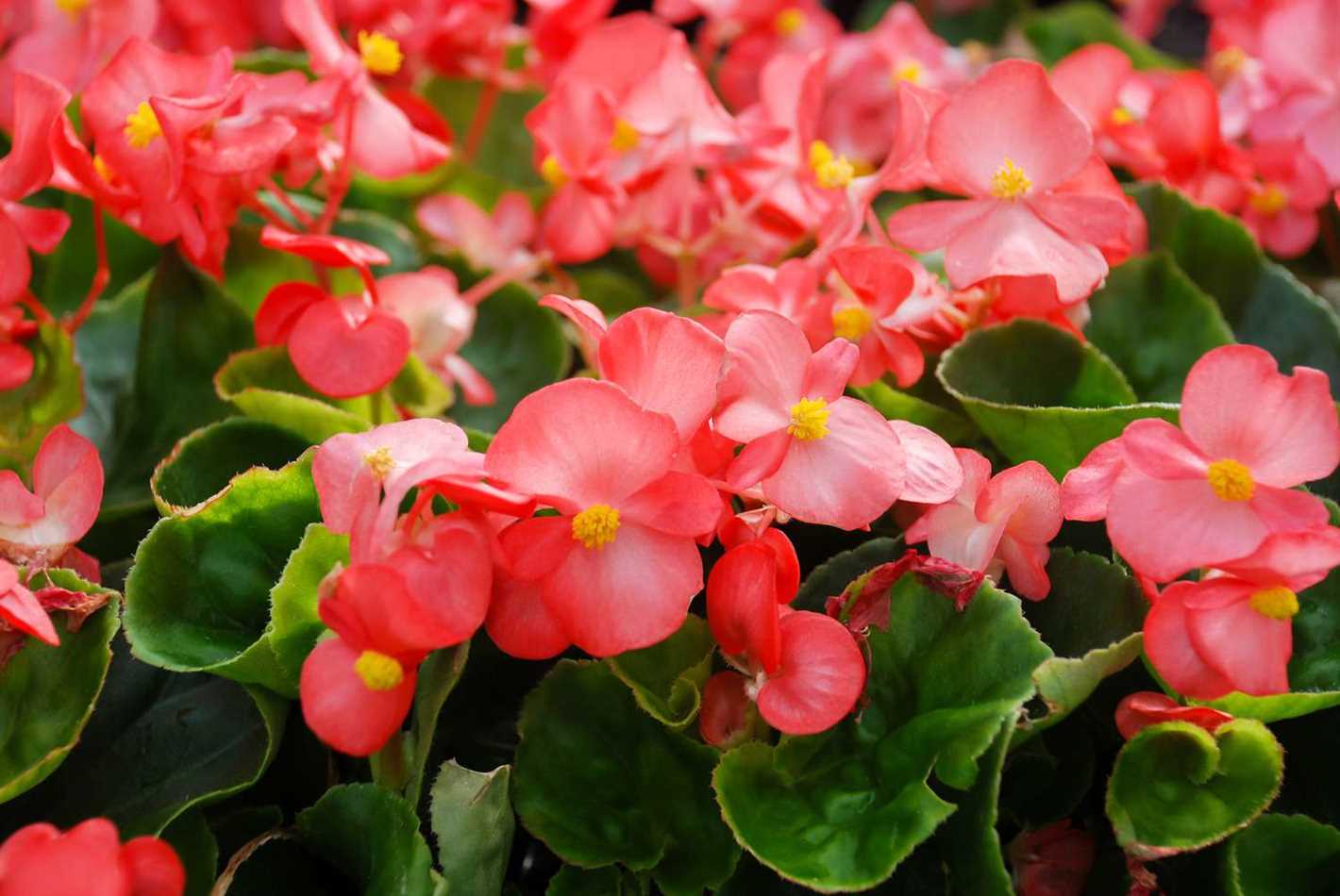
While it is not recommended to peak begonia everflowering during the winter, you can still take some steps to care for your plants during the colder months.
During the winter, it is important to protect your begonia plants from frost and cold temperatures. Be sure to bring them indoors or cover them with a frost cloth to prevent any damage. You should also reduce watering and let the plants go into a semi-dormant state.
By timing your peaking begonia everflowering correctly, you can ensure that your plants are healthy and continue to produce beautiful blooms throughout the growing season.
The Best Time for Peaking Begonia Everflowering
Knowing the best time for peaking begonia everflowering is essential for any gardener looking to achieve a beautiful and vibrant display of flowers. Peaking begonia everflowering refers to the process of encouraging begonia plants to produce a maximum number of flowers at a specific time.
Understanding the Growth Cycle
In order to determine the best time for peaking begonia everflowering, it is important to understand the growth cycle of these plants. Begonias typically have a growth cycle that lasts for several months, usually starting in spring and lasting until the first frost in autumn.
During the growth cycle, begonias go through different phases, including vegetative growth, bud formation, flowering, and seed production. The timing and duration of each phase can vary depending on factors such as climate, variety, and growing conditions.
Factors to Consider
When deciding on the best time for peaking begonia everflowering, there are several factors to consider:
- Climate: Different climates have different growing seasons, so it is essential to take into account the local climate when planning the timing of peaking begonia everflowering.
- Variety: Different begonia varieties may have slightly different growth cycles and flower at different times. It is important to research and choose the right variety for your desired peaking period.
- Temperature and Light: Begonias thrive in moderate temperatures and bright, indirect light. Providing the right conditions during the growth cycle can help promote optimal flower production.
Timing the Peaking Period
The best time for peaking begonia everflowering is generally in late spring to early summer, when the plants have had sufficient time to establish vegetative growth and bud formation. This timing allows for a longer blooming period throughout the summer.
To time the peaking period, it is recommended to start preparing the plants a few weeks in advance. This may involve adjusting the light exposure, temperature, and providing adequate nutrition through fertilizers. Additionally, removing any dead or fading flowers can help redirect the plant’s energy towards producing new blooms.
Conclusion
Achieving a beautiful display of begonia flowers requires careful planning and timing. By considering factors such as climate, variety, and growth cycle, as well as providing the right conditions and maintenance, you can ensure that your begonias will reach their peak everflowering period and dazzle with their vibrant blooms.
How to Peaking Begonia Everflowering
Peaking begonia everflowering involves carefully manipulating the growing conditions of the plant to encourage prolific and continuous blooming. With the right techniques, you can enjoy an abundance of beautiful begonia flowers throughout the year.
1. Choose the Right Location
Begonias thrive in bright, indirect light. Place your begonia plant near a window that receives plenty of filtered sunlight or provide artificial grow lights if necessary. Avoid exposing the plant to direct sunlight, as this can scorch the leaves.
2. Temperature and Humidity
Begonias prefer temperatures between 65-75°F (18-24°C). Keep the plant away from cold drafts or extreme temperature fluctuations. Maintaining a moderate humidity level is essential, as begonias enjoy higher humidity. You can increase humidity by using a humidifier or placing the pot on a tray filled with water and pebbles.
3. Watering and Fertilizing
Water your begonia plant when the top inch of soil feels dry. Avoid overwatering, as begonias are prone to root rot. Fertilize with a balanced liquid fertilizer every two weeks during the growing season to promote blooming.
4. Pruning
To encourage continuous blooming, regularly remove faded flowers and yellow leaves. This prompts the plant to divert energy towards producing new blooms.
5. Pinching and Deadheading

Pinching back the tips of your begonia plant encourages bushier growth and more flowers. When deadheading, remove the entire faded flower head, including the stem, to prevent seed production and redirect energy towards new blooms.
6. Proper Care
Monitor your begonia plant for signs of pests or diseases. Treat any issues promptly to ensure the plant remains healthy. Keep an eye out for common begonia pests such as aphids, mealybugs, and spider mites.
7. Propagation
If you want to multiply your begonia plants, you can propagate them through stem cuttings or by dividing the rhizomes. Both methods are effective and relatively straightforward.
8. Enjoy Your Everflowering Begonia
By following these simple steps and providing the right care, you can enjoy a stunning display of begonia flowers throughout the year. With their vibrant colors and various shapes, begonias are sure to bring beauty and joy to any space.
A Step-by-Step Guide on Peaking Begonia Everflowering
Peaking begonia everflowering is essential for promoting healthy growth and continuous blooming. Follow this step-by-step guide to ensure your begonias are at their best:
1. Evaluate Plant Health
Before peaking, assess the overall health of your begonia. Look for any signs of disease or pest infestation. Treat any issues before proceeding.
2. Prune and Pinch
Trim back any dead or yellowing leaves with clean, sharp pruning shears. Pinch off the tips of the stems to encourage branching and fuller growth.
3. Increase Sunlight
Begonias thrive in bright, indirect light. Place your plant in a location where it can receive ample sunlight during the day. Avoid direct sunlight, as it can scorch the leaves.
4. Provide Proper Watering
Begonias require consistent moisture, but not excessive watering. Water the plant when the top inch of the soil feels dry. Avoid overwatering, as it can lead to root rot.
5. Apply Fertilizer
Feed your begonia with a balanced, water-soluble fertilizer every two weeks during the growing season. Follow the instructions on the fertilizer packaging for the correct dosage.
6. Remove Spent Flowers
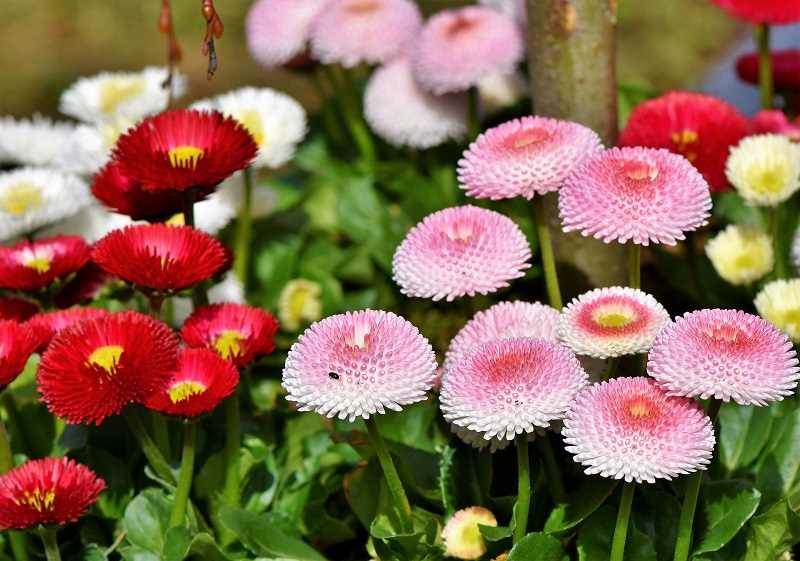
Regularly remove faded or spent flowers to promote continuous blooming. Trim off the blooms at the base of the stem to encourage the growth of new flowers.
7. Monitor Temperature and Humidity
Begonias prefer a temperature range of 65-75°F (18-24°C) and moderate humidity levels. Avoid exposing the plant to cold drafts or extreme temperature fluctuations.
8. Protect from Pests
Keep an eye out for common begonia pests such as aphids, mealybugs, and spider mites. Treat any infestations promptly using organic or chemical insecticides, following the product instructions.
9. Maintain Air Circulation
Adequate air circulation is crucial for preventing fungal diseases. Avoid overcrowding your begonias and ensure they have enough space for the air to flow freely around the plants.
10. Regularly Inspect and Adjust
Continuously monitor your begonia’s growth and make adjustments as needed. This includes pruning, watering, fertilizing, and providing optimal growing conditions.
By following these step-by-step guidelines, you can effectively peak your begonia everflowering and enjoy a beautiful and thriving plant.
Benefits of Peaking Begonia Everflowering
- Blooms throughout the year: Peaking Begonia Everflowering is a variety of begonia that blooms consistently and continuously, providing beautiful flowers all year round. This is a major advantage for gardeners who want to have a vibrant and colorful garden throughout the year.
- Low-maintenance: Peaking Begonia Everflowering requires minimal care and attention. Once established, it can thrive in various conditions and is tolerant to many common garden pests and diseases. This makes it an ideal choice for both experienced and novice gardeners.
- Versatile use: Peaking Begonia Everflowering is a versatile plant that can be used in a variety of gardening applications. It can be grown in gardens, flower beds, hanging baskets, and even as indoor houseplants. Its compact size and beautiful flowers make it a popular choice for adding visual interest to any space.
- Long-lasting blooms: The flowers of Peaking Begonia Everflowering are not only abundant but also long-lasting. They can stay in bloom for several weeks, ensuring a continuous display of color in your garden. This feature makes it a fantastic option for creating eye-catching flower arrangements and bouquets.
- Attracts pollinators: The bright and colorful flowers of Peaking Begonia Everflowering attract pollinators such as bees and butterflies. By planting these begonias in your garden, you can help support the local ecosystem and contribute to the overall health of your garden.
- Low water requirements: Peaking Begonia Everflowering is a drought-tolerant plant that requires minimal watering. This makes it an excellent choice for gardeners who live in hot and dry climates or for those who want to conserve water in their gardening practices.
Why Peaking Begonia Everflowering is Beneficial
Peaking Begonia Everflowering is a beneficial practice for begonia growers because it helps to ensure continuous blooming and healthy plants. By pinching or cutting back the plants at specific times, you can encourage the production of more flowers and prevent the plant from becoming leggy. Here are some reasons why peaking begonia everflowering is beneficial:
1. Promotes Repeated Blooming
By regularly peaking your begonia everflowering plants, you can stimulate the growth of new flower buds. When you pinch or cut back the plants, it encourages the plant to produce more lateral shoots, resulting in multiple blooms throughout the growing season. This helps to create a visually stunning display of flowers and ensures a continuous blooming period.
2. Prevents Legginess
Legginess in begonia plants refers to the elongation of stems and a sparse, weak appearance. This can occur when the plant is not properly pruned or maintained. By peaking begonia everflowering, you can control the growth and prevent the plant from becoming leggy. Removing the apical meristem (the top portion of the stem) helps to promote lateral growth and a bushier, more compact plant.
3. Enhances Plant Health
Regularly peaking begonia everflowering plants promotes overall plant health. By pinching or cutting back the plants, you can remove any diseased or damaged foliage, improving air circulation and reducing the risk of fungal diseases. This practice also allows you to monitor the plants closely and address any pest or disease issues promptly. Additionally, pruning stimulates new growth and helps to maintain a well-balanced and vigorous plant.
4. Improves Aesthetic Appeal
Peaking begonia everflowering not only benefits the plants but also enhances their aesthetic appeal. By regularly pinching or cutting back the plants, you can shape them and create a more visually pleasing form. This helps to maintain a neat and tidy appearance in the garden or container, allowing the beautiful flowers to stand out and be appreciated.
| Benefits of Peaking Begonia Everflowering: |
|---|
| Promotes repeated blooming |
| Prevents legginess |
| Enhances plant health |
| Improves aesthetic appeal |
Tips for Easy Peaking Begonia Everflowering
1. Provide adequate sunlight
Peaking Begonias thrive in bright, indirect light. Place your plant near a window that receives filtered sunlight for at least 6-8 hours a day. Avoid exposing the plant to direct sunlight, as it can cause leaf burn.
2. Keep the temperature consistent
Peaking Begonias prefer temperatures between 65-75°F (18-24°C). Avoid placing the plant near drafts or extreme temperature changes, as it can cause stress to the plant and affect its flowering ability.
3. Water the plant properly
Water your Peaking Begonia when the top inch of the soil feels dry. Use room temperature water and water the plant thoroughly until excess water drains out from the bottom of the pot. Avoid overwatering, as it can lead to root rot.
4. Fertilize regularly
Feed your Peaking Begonia with a balanced liquid fertilizer every 2-4 weeks during the growing season (spring and summer). Follow the instructions on the fertilizer package for the right dosage. Avoid fertilizing during the dormant season.
5. Prune to promote new growth
Regularly prune your Peaking Begonia to encourage new growth and maintain its shape. Remove faded flowers and leggy stems to redirect the plant’s energy towards blooming. Be careful when pruning, as Begonias have delicate stems.
6. Provide proper humidity
Peaking Begonias prefer higher humidity levels. To increase humidity, place the pot on a tray filled with water and pebbles or use a humidifier. Avoid misting the leaves, as it can lead to fungal diseases.
7. Watch out for pests
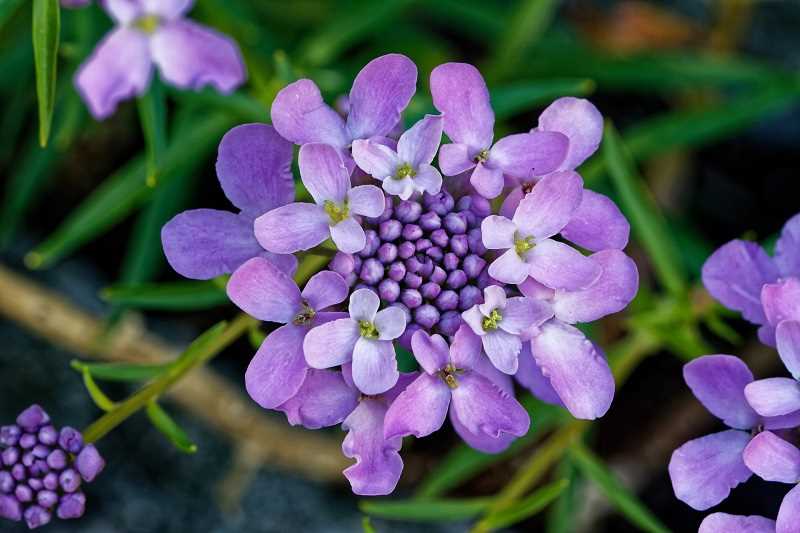
Keep an eye out for common pest infestations like mealybugs and spider mites. If you notice any signs of pests, isolate the infested plant and treat it with an appropriate insecticide or organic pest control methods.
8. Repot when necessary
If your Peaking Begonia outgrows its current pot or the soil becomes compacted, it’s time to repot. Choose a pot that is slightly larger than the current one, use well-draining soil, and handle the plant gently during the repotting process.
9. Provide rest periods
Peaking Begonias go through a dormant period, usually in late fall or winter. During this time, reduce watering and fertilizing and place the plant in a cool, dark location. Resume regular care in the spring to encourage new growth and flowering.
Simple Ways to Achieve Successful Peaking Begonia Everflowering
1. Provide Adequate Light
Begonias thrive in bright, indirect light. Place them near a window where they can receive plenty of sunlight, but make sure to protect them from direct sunlight, which can scorch their delicate leaves.
2. Optimal Temperature and Humidity
Maintain a temperature between 60-75°F (15-24°C) for the best growth of your begonias. They also prefer high humidity levels, so consider placing them on a tray filled with water and pebbles to increase humidity. Alternatively, you can use a humidifier or mist their leaves regularly.
3. Watering and Drainage
Water your begonias when the top inch of soil feels dry. Avoid overwatering, as begonias are prone to root rot. Ensure they’re placed in pots with good drainage to prevent water from sitting at the roots.
4. Fertilizing
Feed your begonias with a balanced liquid fertilizer every 2-4 weeks during the growing season. Dilute the fertilizer according to the instructions on the label and apply it to the soil. This will provide the necessary nutrients for healthy growth and continuous flowering.
5. Regular Pruning
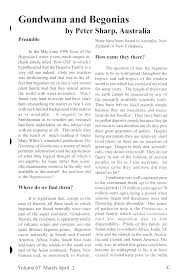
Prune your begonias regularly to encourage more branching and flowering. Remove any dead or yellowing leaves, as well as spent flowers. This will redirect energy towards new growth and encourage more blooms.
6. Avoid Drafts and Cold Temperature
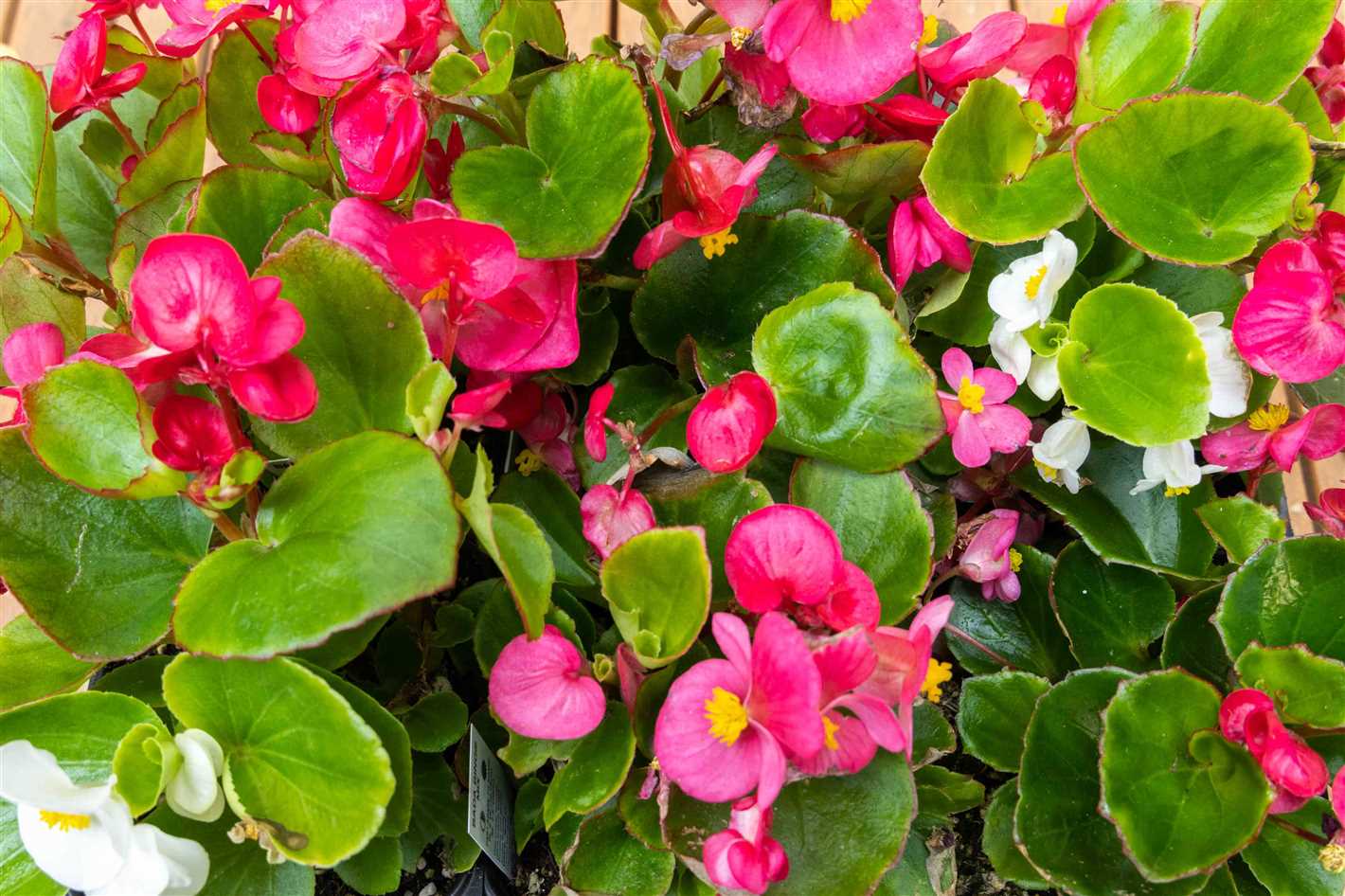
Begonias are sensitive to cold drafts, so keep them away from windows, doors, and air-conditioning vents. Sudden temperature drops can cause stress and lead to flower drop or leaf damage.
7. Pest Control
Keep an eye out for common pests like aphids, mealybugs, and spider mites, which can infest begonias. Regularly inspect the leaves and stems for signs of pests and take appropriate measures to control them, such as using insecticidal soap or neem oil.
8. Time for Rest
After a period of blooming, begonias may enter a dormant phase. During this time, reduce watering and stop fertilizing. This rest period allows the plant to rejuvenate and prepare for the next flowering cycle.
By following these simple tips, you can ensure the successful peaking everflowering of your begonias. With proper care and attention, your begonias will reward you with beautiful blooms throughout the year!
Common Mistakes to Avoid when Peaking Begonia Everflowering
Peaking begonia everflowering is a delicate process that requires careful attention and proper techniques. Avoiding the following common mistakes can help you ensure successful peaking of your begonia flowers:
1. Overwatering
One of the most common mistakes is overwatering your begonia plants. Begonias prefer a moist but well-drained soil. Overwatering can lead to root rot and other fungal diseases. Make sure to water your plants sparingly and allow the soil to dry out slightly between waterings.
2. Overfeeding
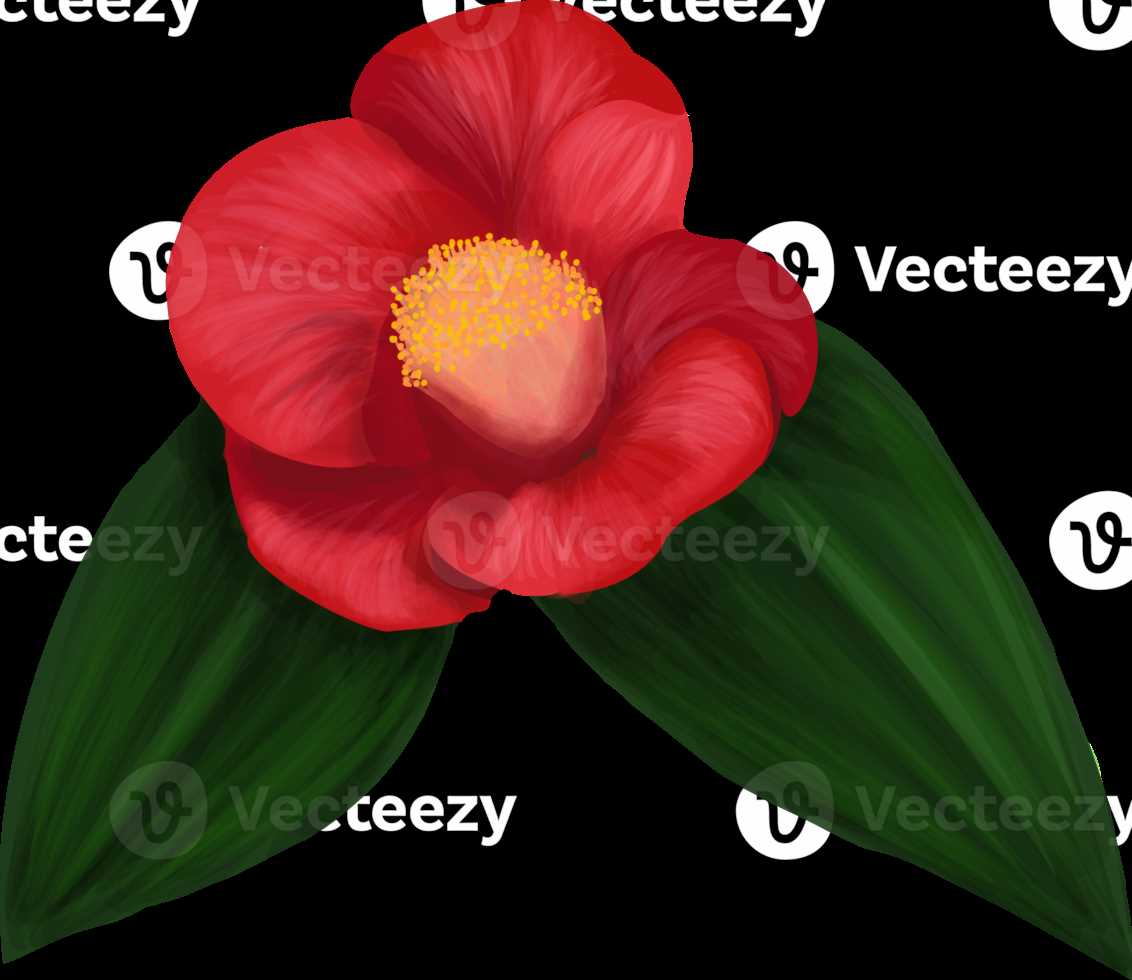
While it is important to fertilize your begonia plants to promote healthy growth, overfeeding can be detrimental. Too much fertilizer can cause excessive foliage growth at the expense of flower production. Follow the recommended feeding schedule and use a balanced fertilizer specifically formulated for begonias.
3. Insufficient Light
Begonias thrive in bright, indirect light. Placing your plants in a location with insufficient light can result in weak and leggy growth, as well as reduced flower production. Ensure that your begonias receive at least 6 hours of bright, indirect light each day.
4. Improper Pruning
Pruning is an essential part of peaking begonia everflowering, but improper pruning can hinder flower production. Avoid indiscriminate cutting and remove only dead, damaged, or leggy stems. Prune your plants after they have finished blooming to encourage new growth and continuous flower production.
5. Neglecting Pest Control
Begonias are susceptible to pests such as aphids, mealybugs, and spider mites. Neglecting pest control can lead to infestations and damage to your plants. Regularly inspect your begonias for signs of pests and take appropriate measures to control them, such as using insecticidal soap or natural predator insects.
6. Inadequate Temperature and Humidity Levels
Begonias prefer moderate temperatures and high humidity. Exposing your plants to extreme temperatures or low humidity levels can stress them and affect flower production. Maintain a temperature range of 65-75°F (18-24°C) during the day and provide humidity levels of at least 50-60%.
| Mistake | Effect |
|---|---|
| Overwatering | Causes root rot and fungal diseases |
| Overfeeding | Results in excessive foliage growth and reduced flower production |
| Insufficient Light | Leads to weak growth and decreased flower production |
| Improper Pruning | Hinders flower production |
| Neglecting Pest Control | Causes infestations and damage to the plants |
| Inadequate Temperature and Humidity | Stresses the plants and affects flower production |
Avoiding these common mistakes will help you successfully peak begonia everflowering and enjoy the beautiful blooms of your begonia plants for an extended period.
What Not to Do During Peaking Begonia Everflowering
1. Overwatering
One of the biggest mistakes to avoid during peaking begonia everflowering is overwatering your plants. Begonias thrive in well-drained soil, so it’s important to ensure the soil is slightly dry before watering again. Overwatering can lead to root rot and other plant diseases.
2. Ignoring Light Requirements
Begonias require a balance of light and shade to flower successfully. Ignoring their light requirements can lead to stunted growth and a lack of blooms. Make sure to provide your begonias with the right amount of sunlight or shade based on their specific variety.
3. Failing to Deadhead Spent Flowers
Deadheading, or removing spent flowers, is crucial for encouraging continuous blooming during peaking begonia everflowering. Failing to do so can divert the plant’s energy towards seed production, reducing the number of new flowers. Regularly inspect your begonias and remove any faded or wilted flowers.
4. Neglecting Fertilization
Begonias are heavy feeders and require regular fertilization to maintain their health and blooming potential. Neglecting to fertilize your begonias can result in weak growth and sparse flowers. Use a balanced, water-soluble fertilizer and follow the manufacturer’s instructions for application rates.
5. Exposing Begonias to Extreme Temperatures
Begonias are sensitive to extreme temperatures, both hot and cold. Avoid placing your begonias in drafty areas or direct sunlight during hot summer days. Similarly, protect them from frost and freezing temperatures during winter. Maintaining a moderate and consistent temperature is key to peaking begonia everflowering.
6. Overcrowding
Overcrowding your begonias can hinder their growth and blooming potential. When planting or potting your begonias, ensure they have plenty of space to spread their roots and foliage. Adequate spacing will allow for proper air circulation and reduce the risk of diseases.
7. Using the Wrong Potting Mix
The type of potting mix you use can greatly impact the health and flowering of your begonias. Avoid using heavy or water-retentive soil mixes, as they can lead to root rot. Instead, opt for a well-draining mix with added organic matter to promote healthy root development.
Questions and Answers:
When is the best time to peak begonia everflowering?
The best time to peak begonia everflowering is in the late summer or early fall, when the plant is still actively growing but starting to slow down.
What is the purpose of peaking begonia everflowering?
The purpose of peaking begonia everflowering is to encourage the plant to produce more flowers and extend its blooming period.
How do I peak begonia everflowering?
To peak begonia everflowering, you can trim off the faded flowers and any dead or yellowing foliage. You can also pinch back the tips of the stems to encourage branching and more flower production.
Can I use fertilizers to peak begonia everflowering?
Yes, you can use a balanced liquid fertilizer, such as a 10-10-10 or 20-20-20 formula, to help promote growth and flower production in begonias.
Will peaking begonia everflowering cause any harm to the plant?
No, peaking begonia everflowering will not harm the plant. In fact, it can help stimulate new growth and more flowers.
What should I do if my begonia everflowering is not blooming?
If your begonia everflowering is not blooming, you can try peaking it by trimming off any faded flowers and giving it a dose of fertilizer. You should also make sure the plant is getting enough light and water.







